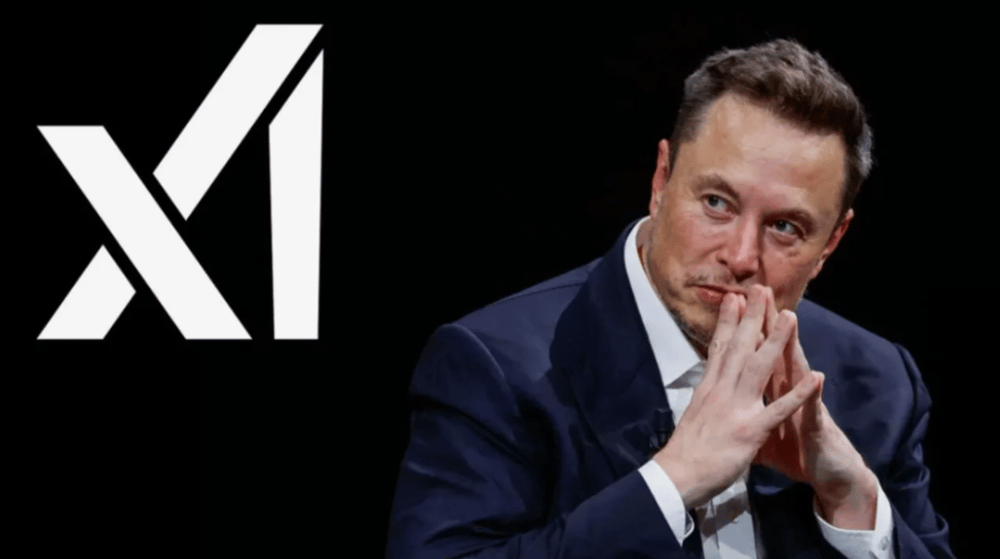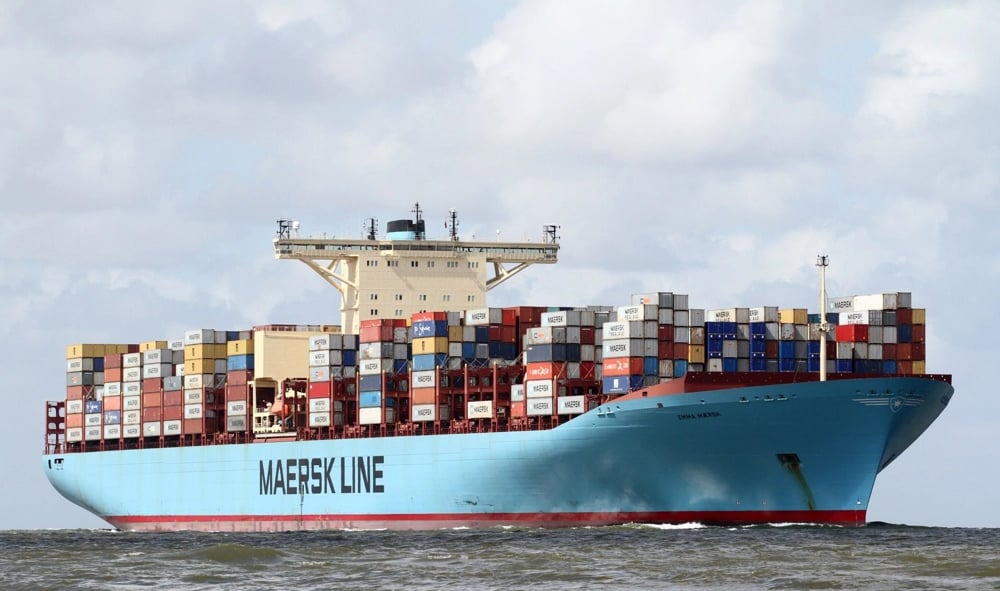Vanguard Launches Emerging Markets ex-China ETF Amid Investor Skepticism
Vanguard Group, one of the world's largest asset managers, is preparing to introduce a new exchange-traded fund (ETF) that offers exposure to emerging markets while excluding China. The product, set to debut later this summer, reflects growing demand among institutional and retail investors for geopolitically de-risked portfolios, as U.S.–China tensions persist.
The ETF, officially named the Vanguard Emerging Markets ex-China ETF, enters a fast-growing segment shaped by diverging views on China’s economic role and corporate governance. While Chinese equities have recently rebounded, long-term uncertainty and regulatory opacity continue to drive investors toward diversified exposure without China.
Strategic Shift in Portfolio Allocation
The emergence of China-excluded emerging markets ETFs reflects a strategic rebalancing within global portfolio construction. This structural pivot is underpinned by geopolitical risks, regulatory unpredictability in China, and macroeconomic divergence from other major developing economies.
Despite China's weight in most broad emerging markets indices—accounting for approximately 30–35% of popular benchmarks such as the MSCI Emerging Markets Index (MXEF)—an increasing number of investors seek to isolate returns from non-Chinese economies like India, Brazil, Indonesia, and Mexico.
While China’s CSI 300 Index has experienced three consecutive years of negative returns through 2023, recent outperformance has reignited debate. However, concerns persist over data transparency, capital controls, and state intervention in corporate activities. These elements make many asset allocators wary of single-country exposure risk, especially in strategies designed for long-term stability.

Quick Facts
Fund Name: Vanguard Emerging Markets ex-China ETF
Launch Date: Scheduled for summer 2025
Index Coverage: Broad emerging markets excluding Chinese equities
Investor Demand: Driven by U.S.–China tensions and diversification goals
Market Context: China’s CSI 300 index fell for three consecutive years until 2023
ETF Segment Size: 13 funds in this category, most launched in 2023
Data Source: Morningstar
Market Reaction and Strategic Outlook
The announcement comes amid a broader reconsideration of how China risk should be priced into global portfolios. For institutional investors managing long-duration capital, such as pensions and sovereign wealth funds, products like the new Vanguard ETF offer tailored geopolitical insulation without sacrificing exposure to emerging market growth.
The ETF also positions Vanguard competitively alongside peers such as BlackRock $BLK and State Street Global Advisors $STT, who are also expanding thematic and exclusion-based ETF strategies. Analysts note that while complete exclusion of China is not universally adopted, demand for flexible EM strategies is accelerating.
Notably, two-thirds of ex-China ETFs in the emerging markets space have been launched since 2023, highlighting a sustained shift in investor sentiment and the growing appeal of granular portfolio construction.

Key Points
Vanguard’s ex-China ETF adds to a growing suite of specialized EM products.
Geopolitical friction between the U.S. and China is a major driver.
Investors seek to avoid exposure to Chinese state intervention and policy risks.
Despite recent gains in Chinese stocks, structural concerns remain.
The ETF will compete with similar products launched by BlackRock and State Street.
Morningstar reports 13 active EM ETFs excluding China, most created post-2022.
Redefining Emerging Markets Without China
The upcoming launch of the Vanguard Emerging Markets ex-China ETF marks a significant evolution in global asset allocation strategy. It illustrates how geopolitical considerations are reshaping product design, particularly for passive investors seeking to balance return potential with risk compartmentalization.
As China continues to diverge from Western regulatory and economic frameworks, more investors are likely to demand country-specific exclusions, particularly within benchmark-heavy asset classes. Vanguard’s move underscores not only a tactical adjustment, but also a broader thematic shift in how emerging markets exposure is defined in the post-globalization era.















Comments